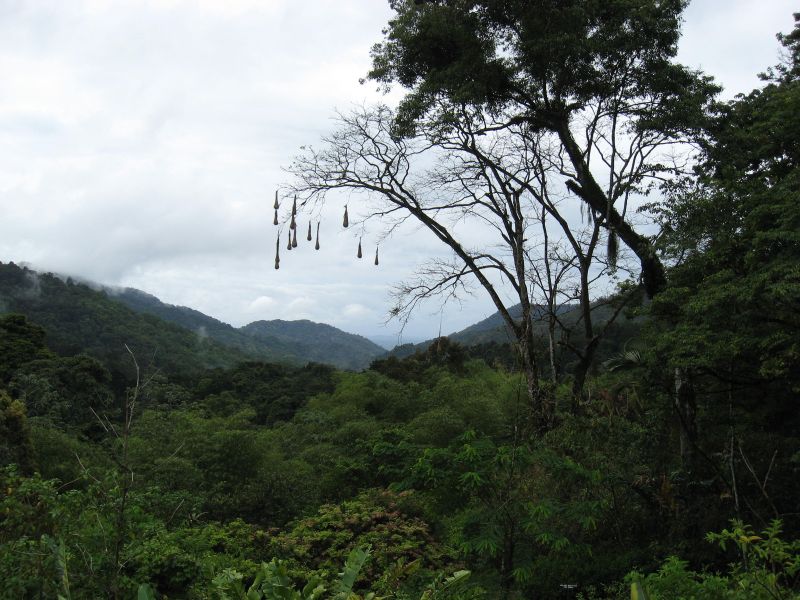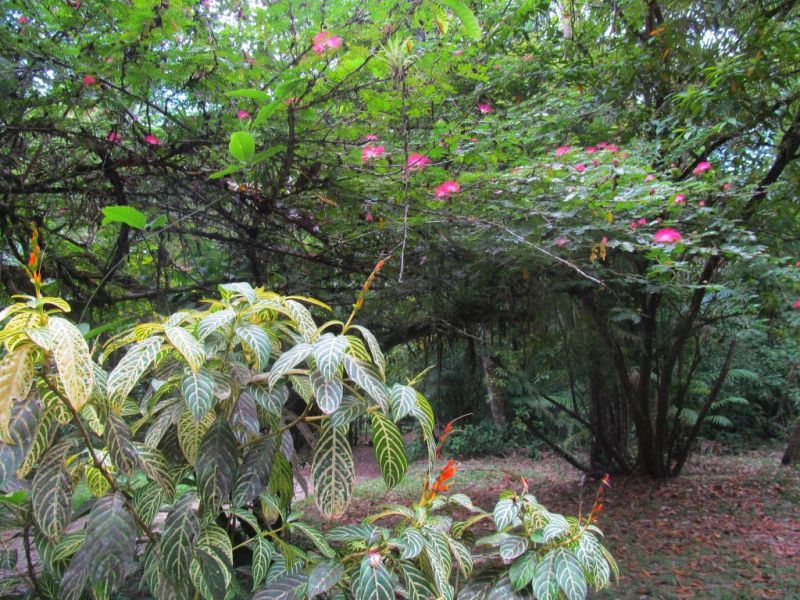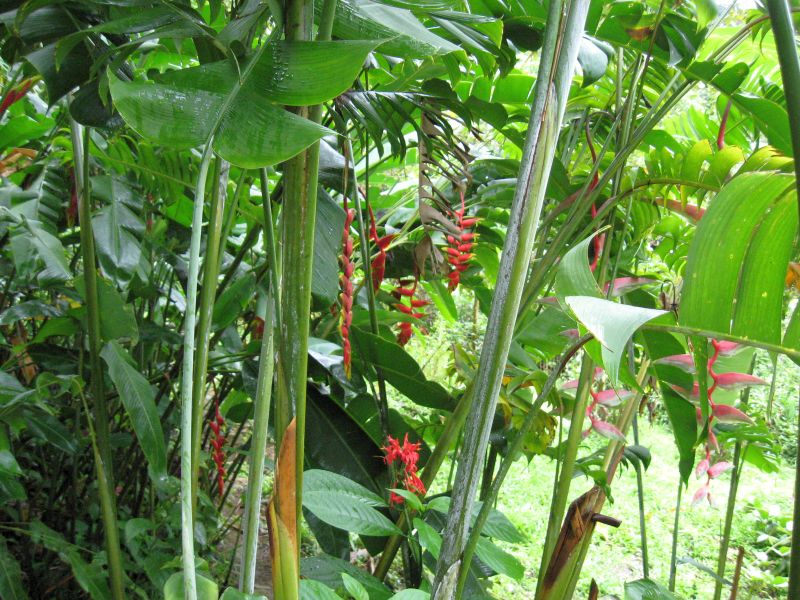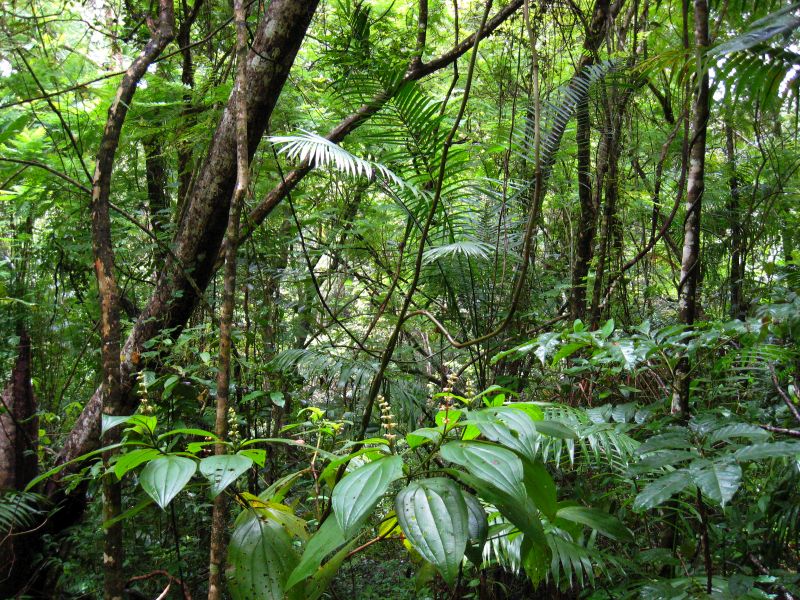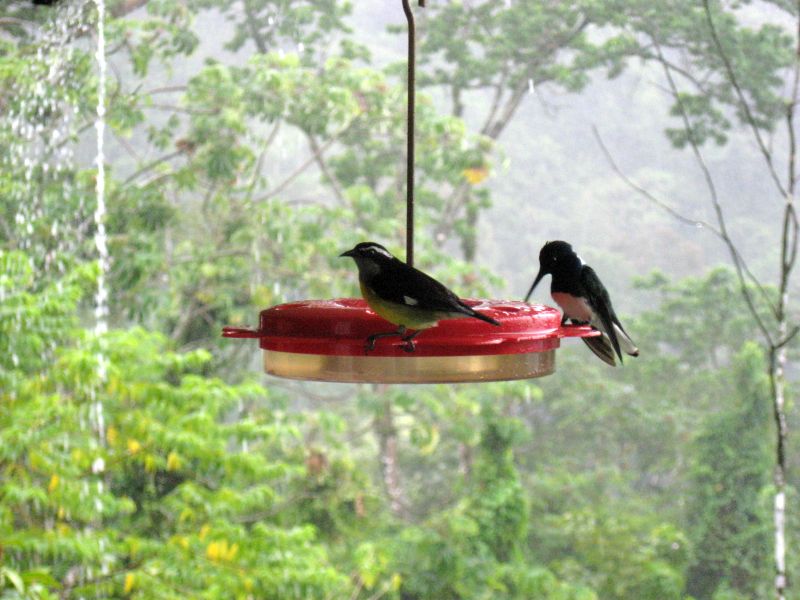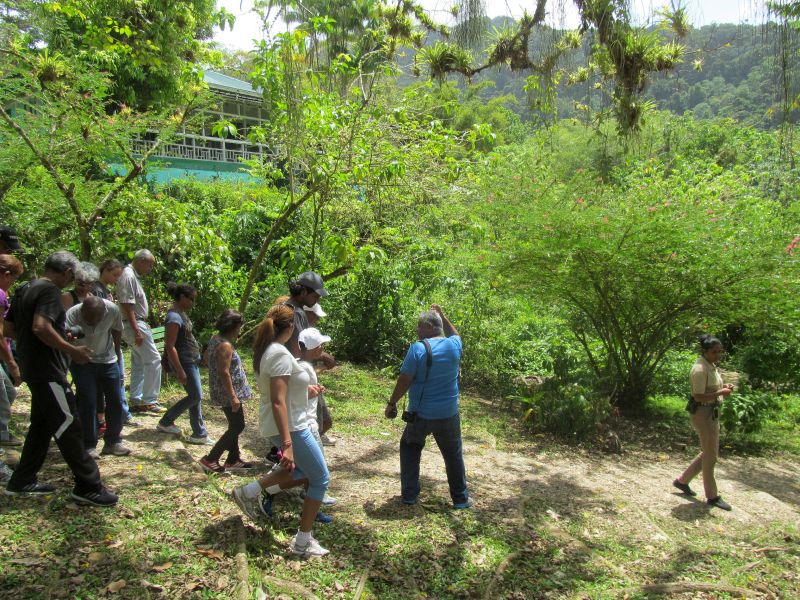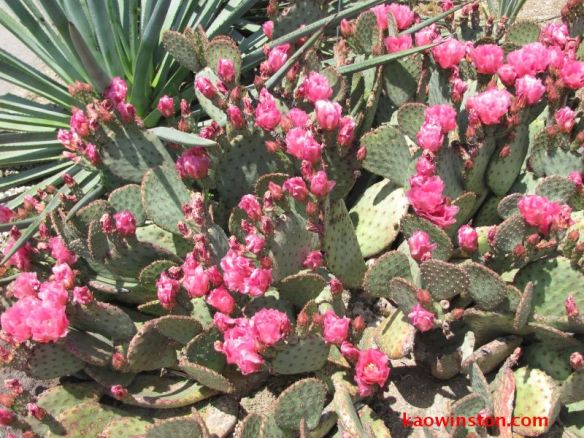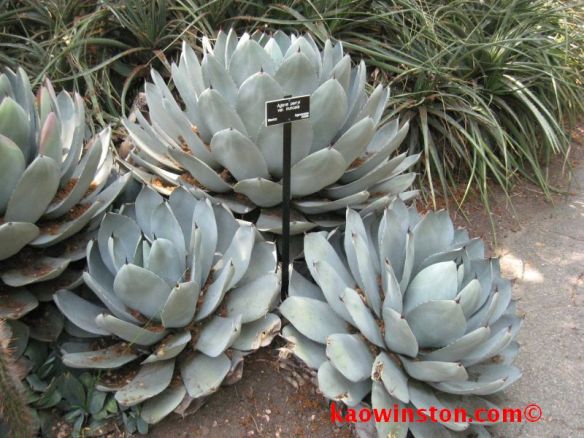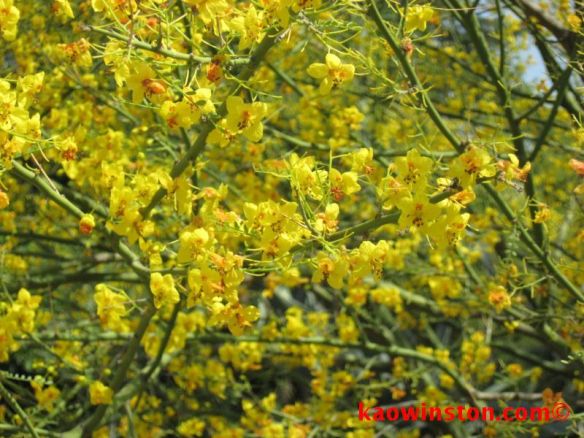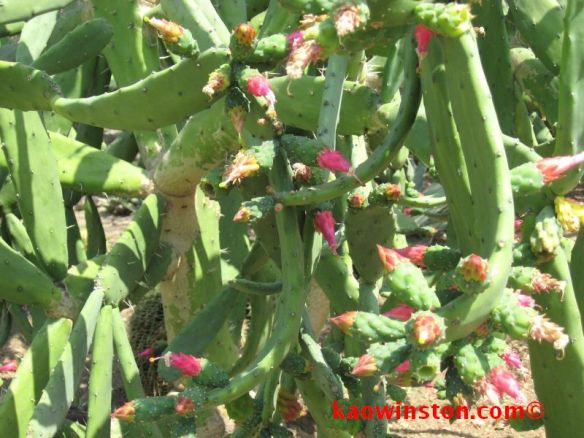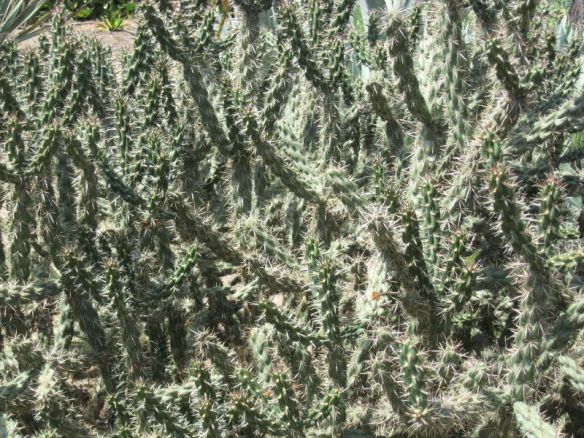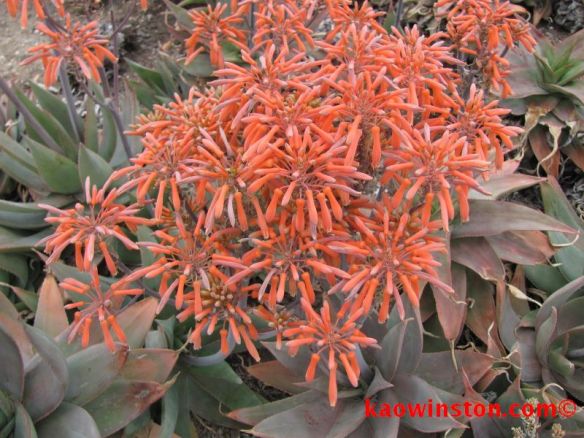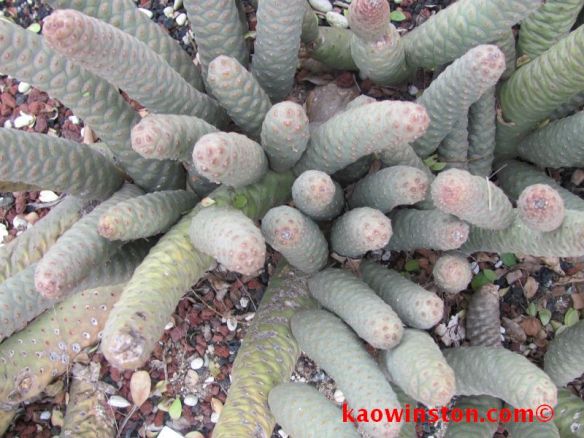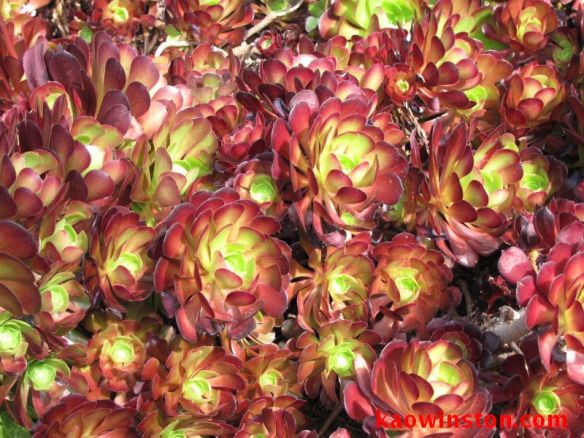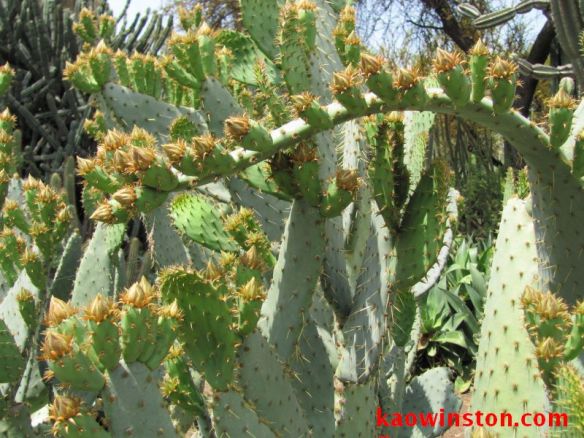Bromeliads need no introduction as plants species go, and this is because they are admirably attractive, absolutely well known, and are grown all over the world. The fact that most of them are native to Brazil, South and Central America gives them the perfect tropical fit which suggests when growing, that these plants will flourish without even the simplest effort. A recent survey of mine suggest that in spite of their popularity, not all bromeliads are equal. With over fifty one genera and over three thousand species people are spoiled for choice. But finally when they do choose, many species of plants are left out. This is my experience when recently I tried, after reading an article on Dyckia , to acquire a group of plants.
I had assumed that it would be quite easy to visit my garden center, and collect a few. That was not the reality. Yes, my local garden center did have samples of bromeliads, but Dyckia was not among them. A much more detailed search offered an obvious explanation, attractive decorative bromeliads were always available, but fearful spiny species were not so, and they needed a much more thorough search. Eventually I was able to find a small collection of plants, which offered me the the introduction to the genus I was hoping for. For your information, there are over 150 species of Dyckia, and they are endemic to the arid and high altitude regions of Brazil and central South America. They belong to the Bromeliaceae sub-family, Pitcairnioideae. The genus is named after a Prussian botanist, The Prince and Earl of Salm Reifferscheid-Dyck (1773–1861).
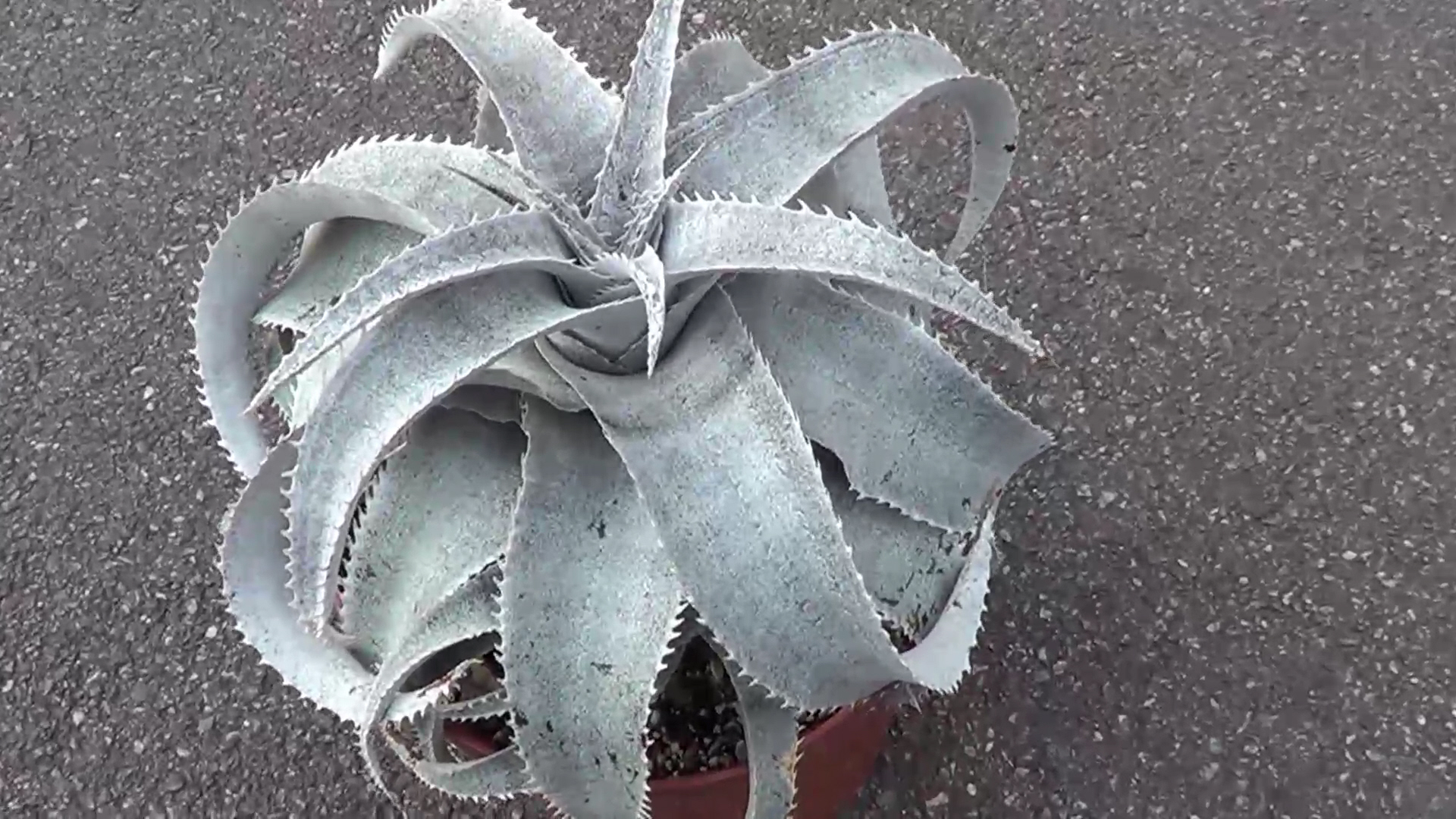
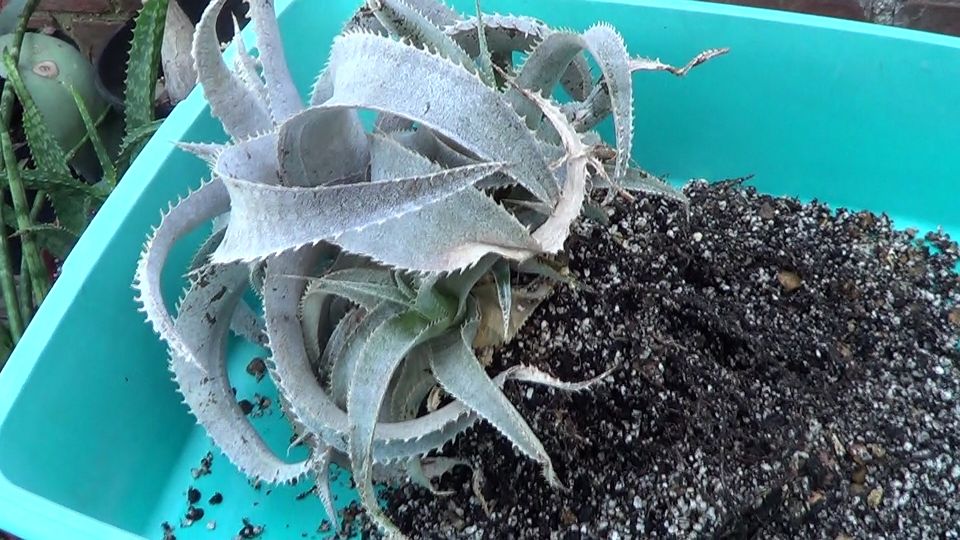
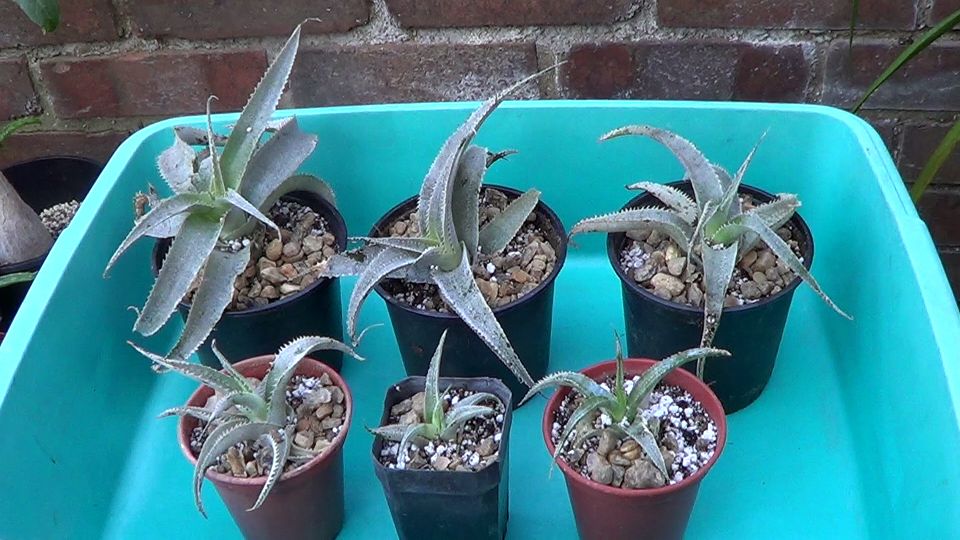
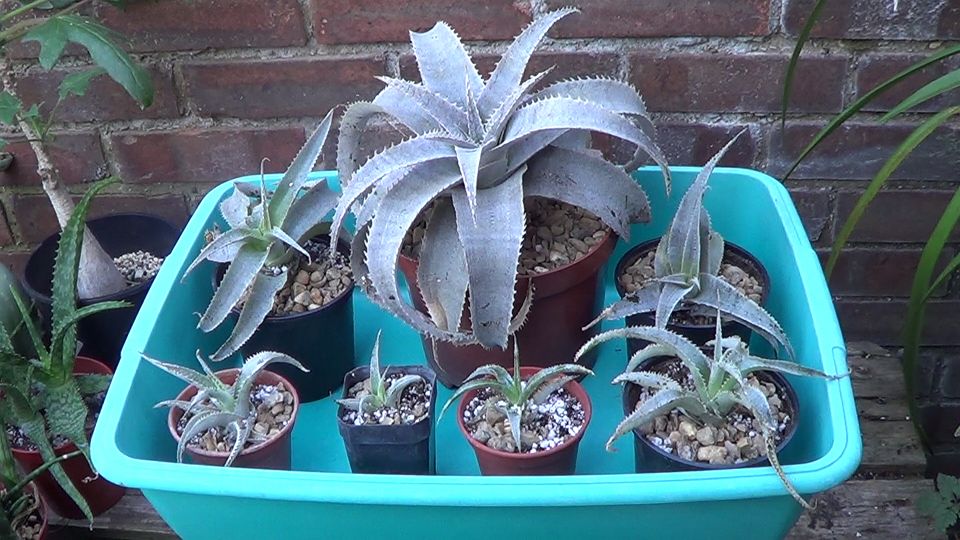
This is the first Dyckia that I bought three years ago, long before I had any interest in the genus. Dyckia marnier-lapostellei is a very attractive specie with a beautiful colour. I bought in Italy while on a visit to the continent. Below is a another dyckia, a hybrid of unknown origin, and another plant which I like.
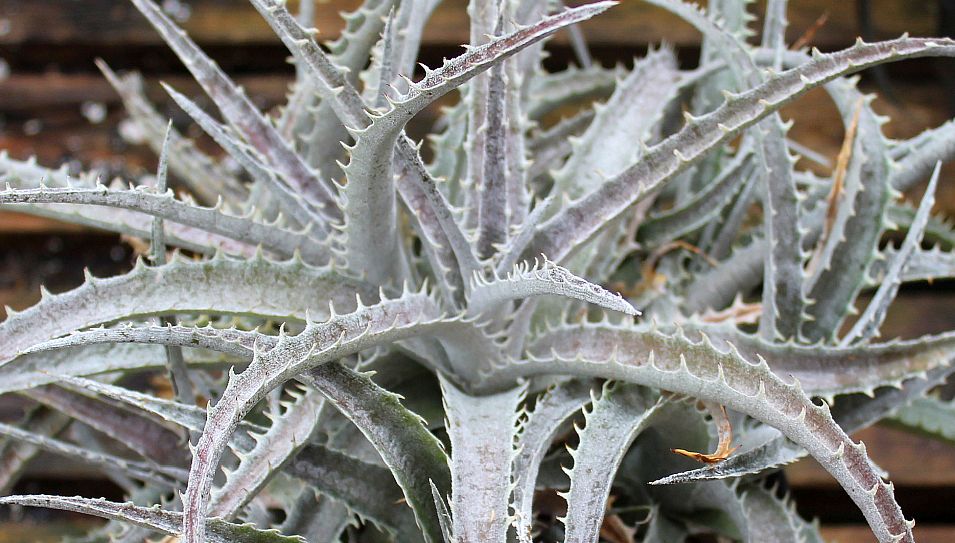
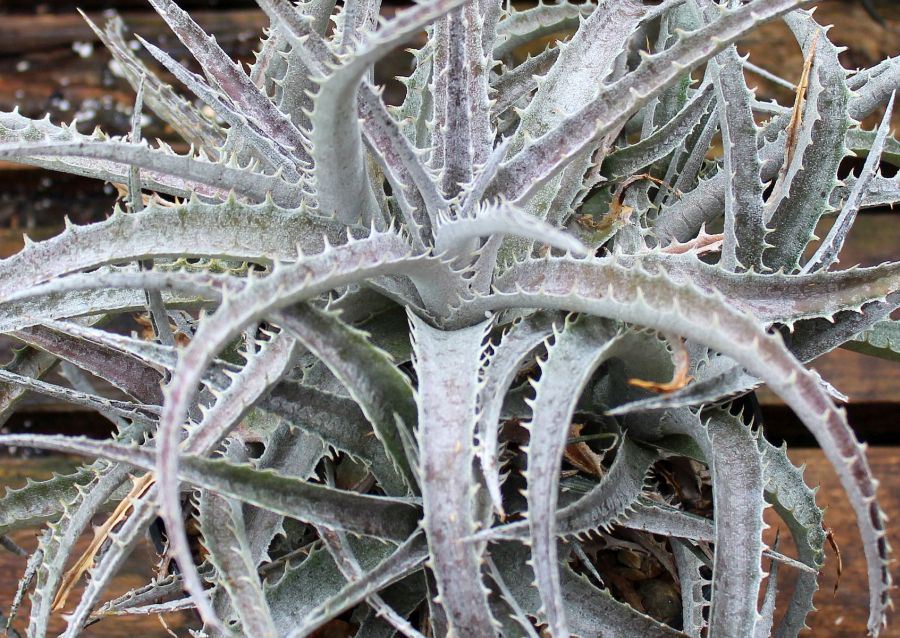
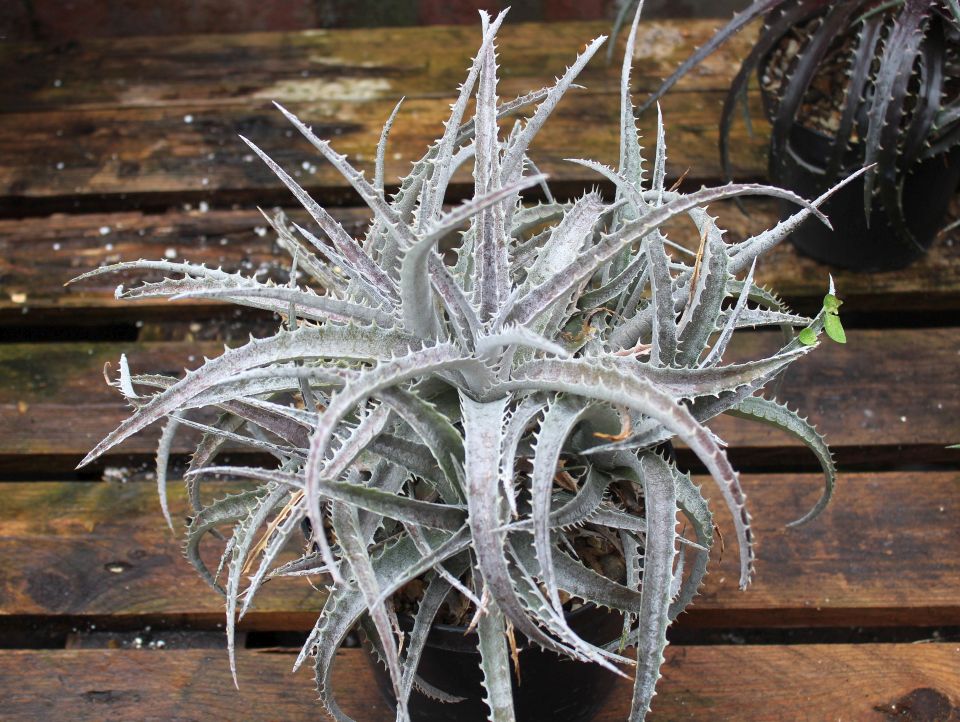
Dyckia ‘Silver Spurs’
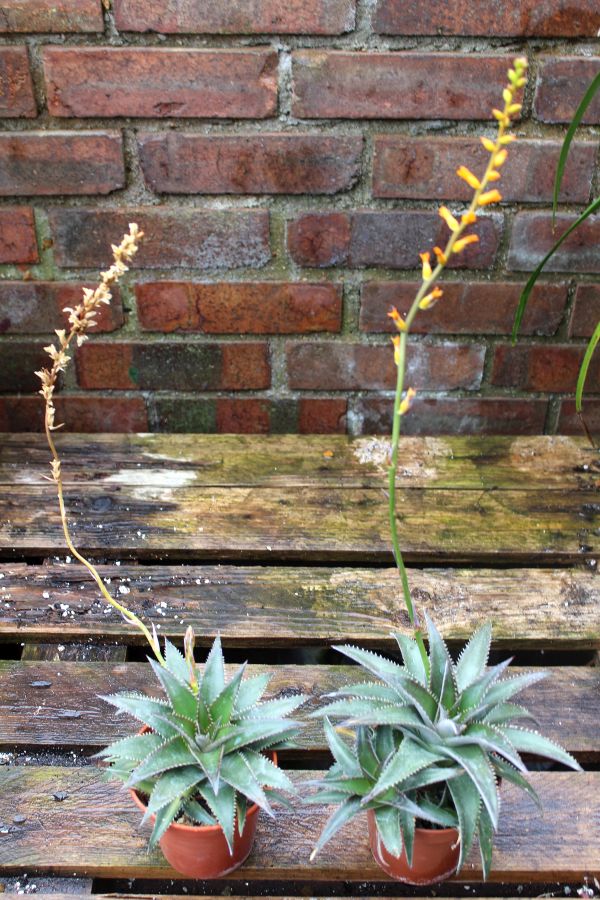
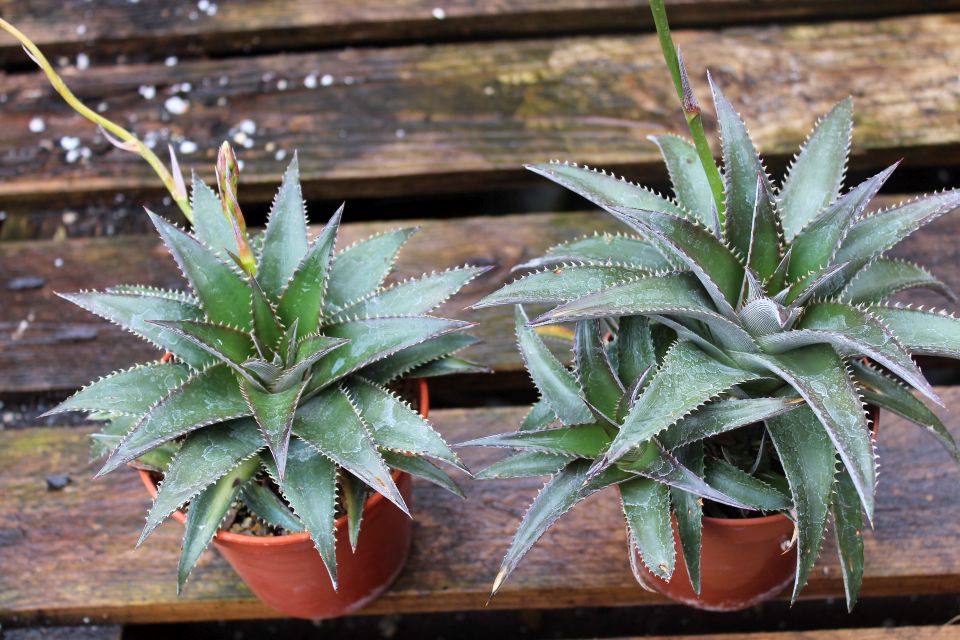
This is Dyckia platyphylla and is one of the few species I am familiar with, and I find that it grows quite easily. Below are some identified species at the Jardim Botanico in Rio de Janeiro. This Botanical Garden offers a wealth of experience for novices like me.
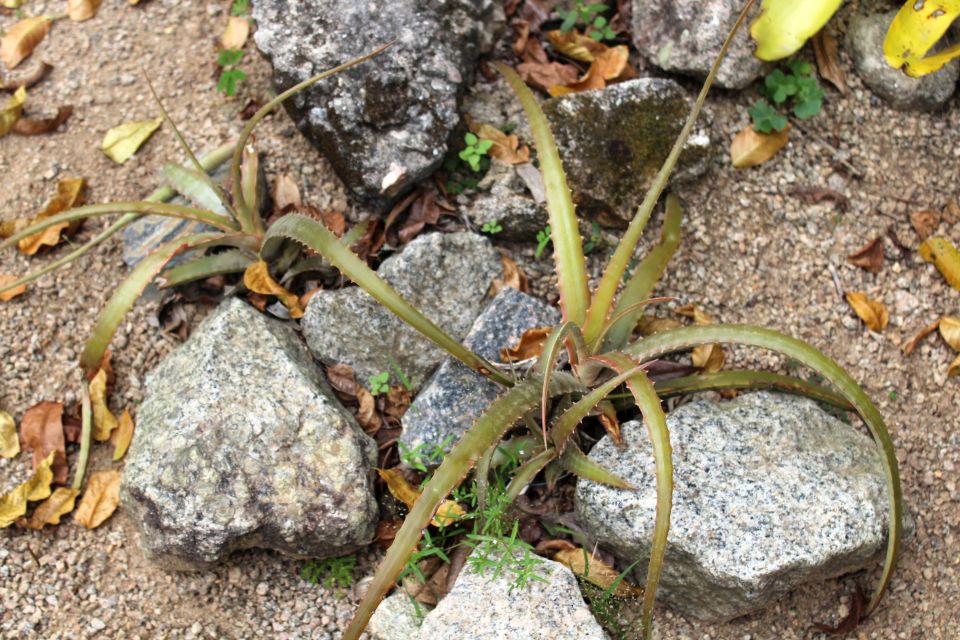
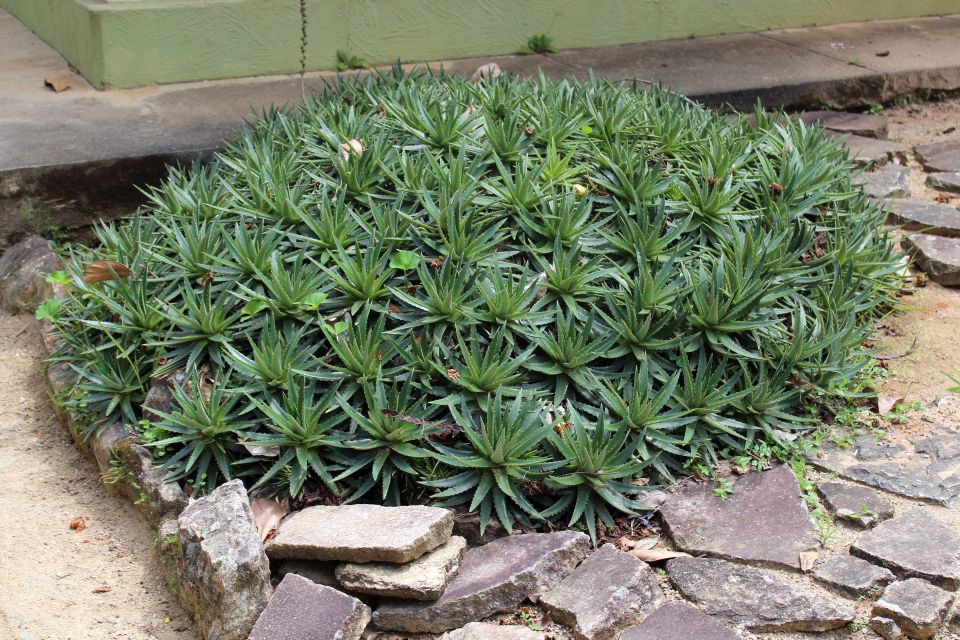
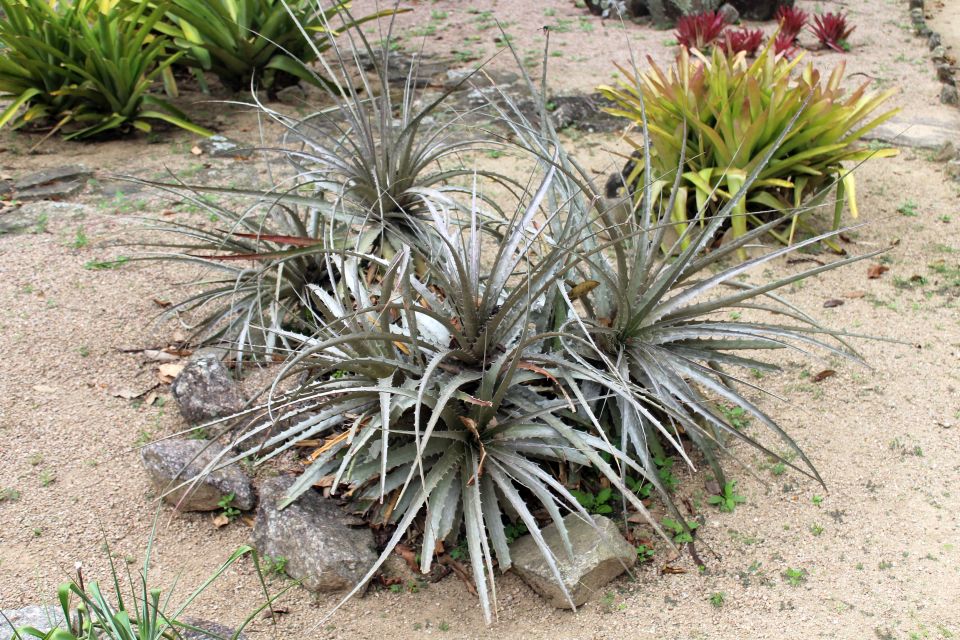
Below four close-up photo images of some of my plants.
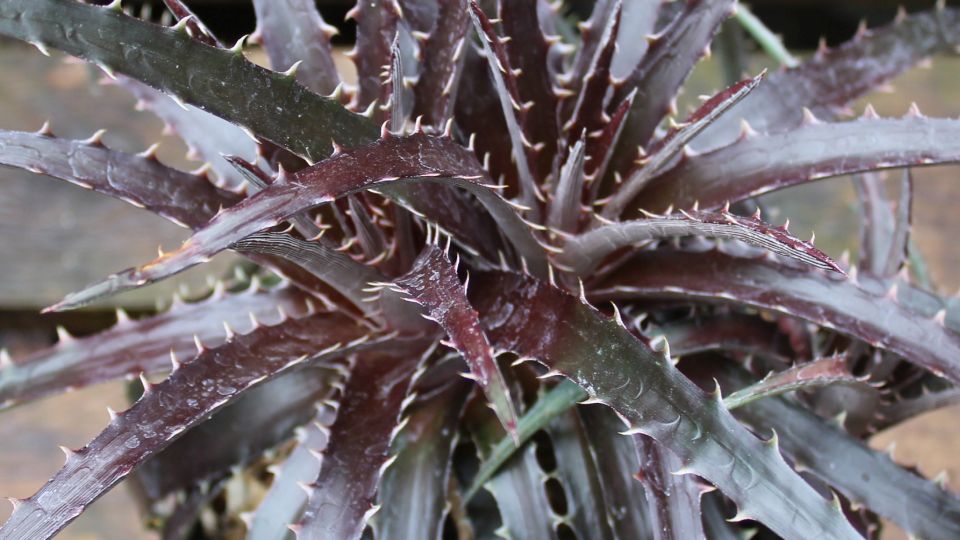
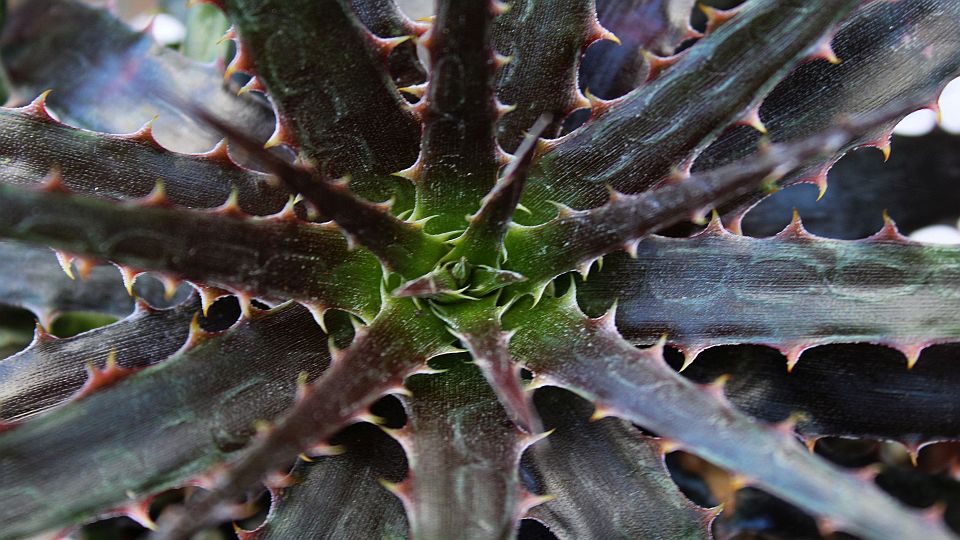
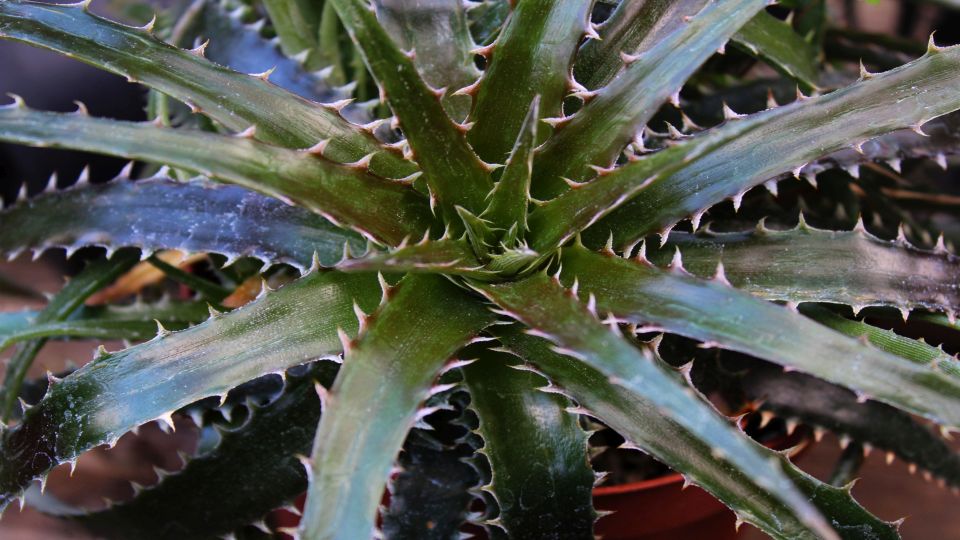

My short experience with Dyckia tells me that hybridising is an important part of the Bromeliad business. Yet I feel it would be wise to get much more acquainted with the species before I chase many of the other complicated hybrids. plants. I am also trying to grow some from seeds, which is not going all that well. This means that after a few weeks there is no sign of life. We will see what will happen in the long term.
Winston


































